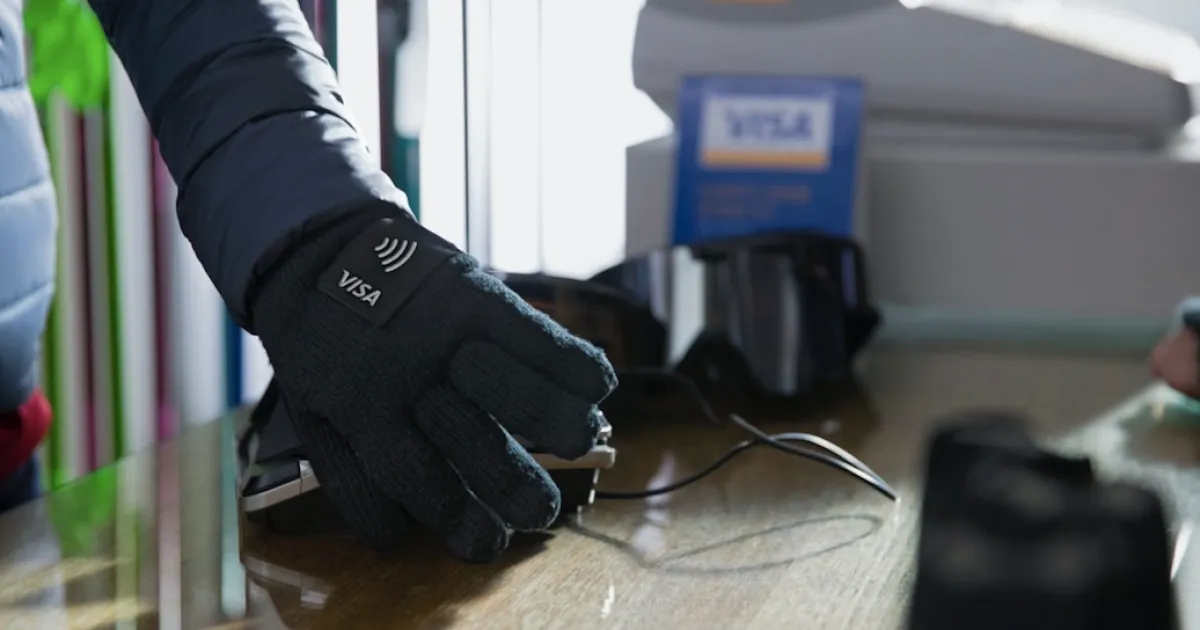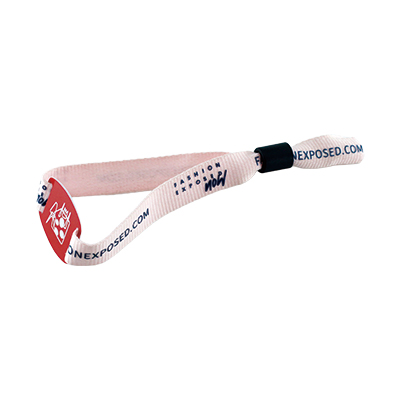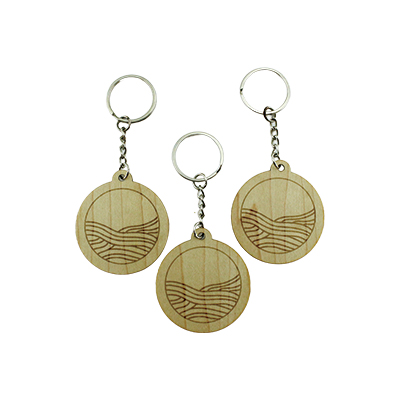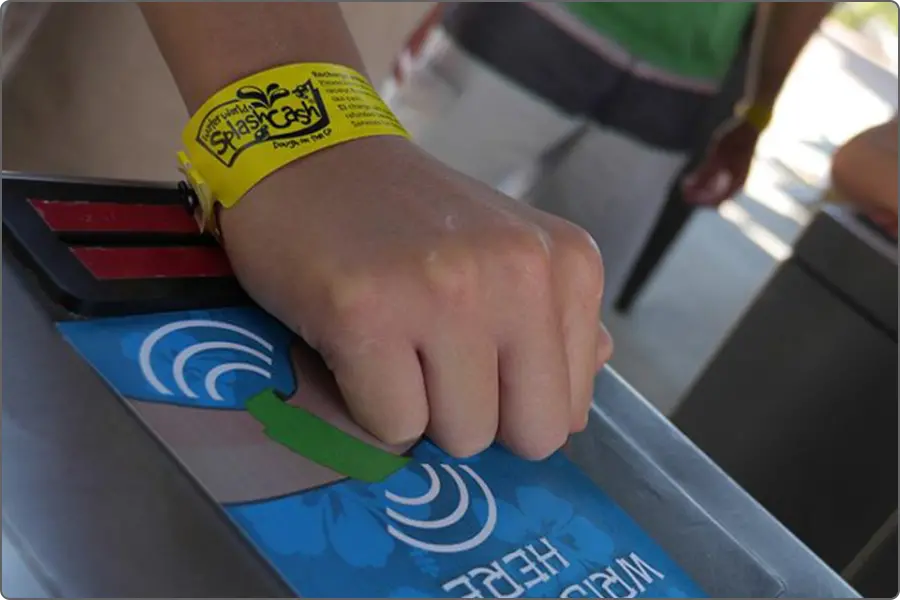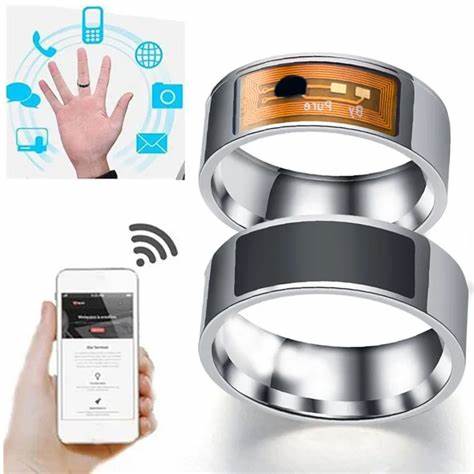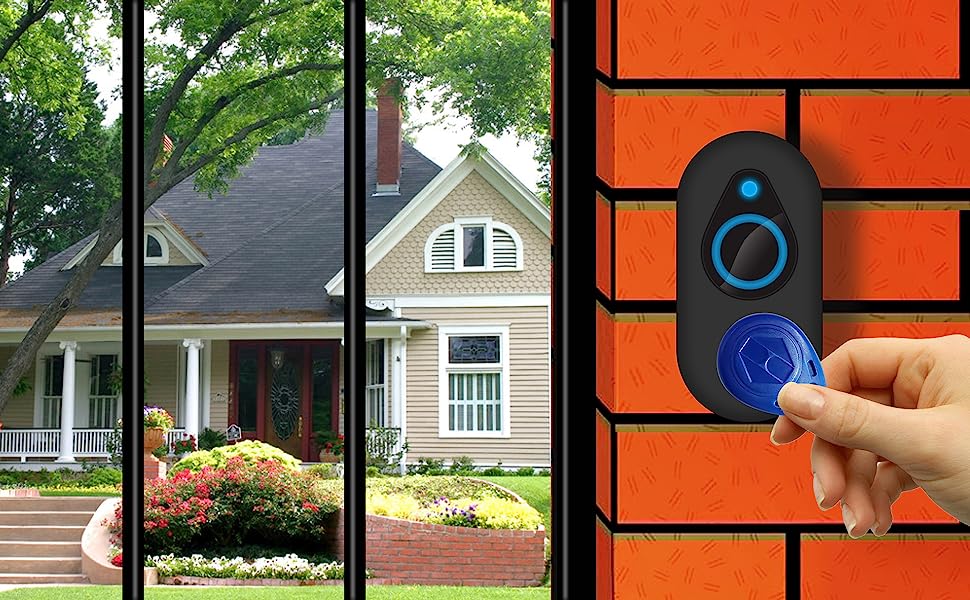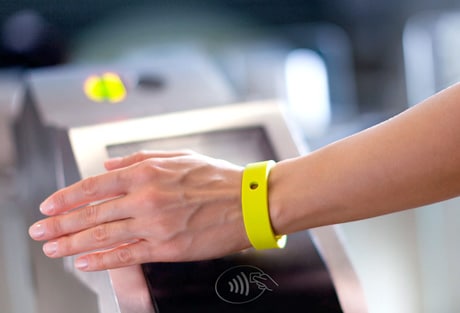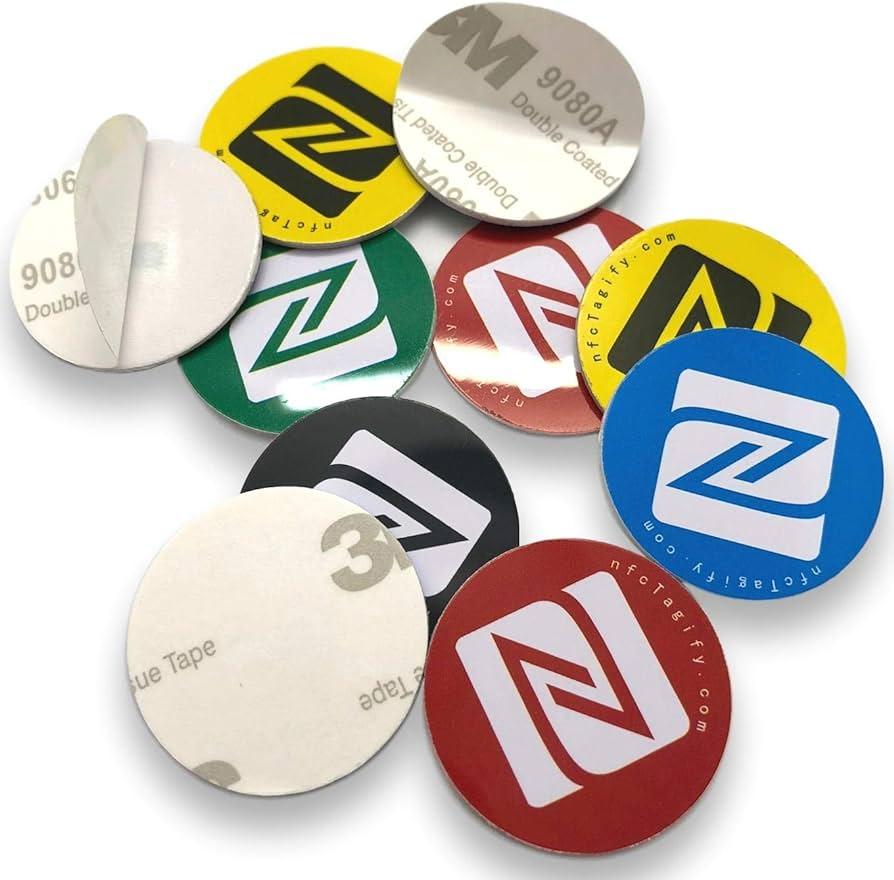In hazardous industries like oil and gas, worker safety is non-negotiable. Yet, traditional safety measures often fall short in high-risk environments. According to OSHA, 20% of workplace fatalities occur in construction, mining, and oil extraction—many due to delayed emergency responses or unauthorized access to restricted zones.
NFC-enabled wearables are transforming safety protocols. 삽입하여 NFC 태그 into bracelets, helmets, and badges, enterprises can monitor worker locations, trigger instant alerts, and access critical medical data during emergencies. This guide explores the technology, compliance requirements, and real-world impact of NFC wearables in hazardous environments.
1.How NFC Wearables Work: Technology Overview
a.NFC Bracelets with Embedded Tags
작동 방식:
- Workers wear NFC-enabled bracelets or badges.
- Readers at zone entrances scan tags to verify access permissions.
- Alerts trigger if unauthorized personnel enter restricted areas.
Key Features:
- Real-Time Location Tracking: Pinpoints worker locations within 10 cm accuracy.
- Emergency Data Storage: Stores blood type, allergies, and emergency contacts.
b.Hazard Zone Integration
작동 방식:
- NFC readers are installed at hazardous zones (예를 들어, drilling sites, chemical storage).
- Tags communicate with readers to log entry/exit times and monitor exposure limits.
2.Key Features of NFC Safety Wearables
a.Restricted Zone Alerts
문제: Unauthorized access to high-risk areas causes 15% of industrial accidents (OSHA).
해결책: NFC readers at zone entrances trigger alarms if untagged personnel enter.
Example:
A refinery in Texas reduced unauthorized access incidents by 60% using NFC-enabled badges.
b.Emergency Data Access
문제: Delayed medical responses worsen injuries in 30% of cases (NIOSH).
해결책: First responders scan NFC bracelets to access:
- Blood type.
- Allergies.
- Emergency contacts.
Example:
A mining company in Australia cut emergency response time by 40% using NFC wearables.
c.Exposure Monitoring
문제: Prolonged exposure to toxins or radiation leads to long-term health issues.
해결책: NFC 태그 log exposure duration and alert workers when limits are reached.
3.Compliance: ATEX and IECEx Certification
a.ATEX Directive (EU)
What It Is: Ensures equipment is safe for use in explosive atmospheres.
NFC Requirements:
- Tags and readers must withstand extreme temperatures and pressures.
- Non-sparking materials for oil and gas environments.
b.IECEx Certification (Global)
What It Is: International standard for explosive environment safety.
NFC Requirements:
- IP68-rated waterproofing.
- EMI-resistant designs to prevent interference.
팁: Choose NFC wearables with dual ATEX/IECEx certification for global operations.
4.사례 연구: 40% Fewer Safety Incidents at Oil Field
문제: A North Sea oil field experienced 12 safety incidents annually, including unauthorized zone entries and delayed emergency responses.
해결책:
- Issued NFC-enabled bracelets to all 500 workers.
- Installed readers at hazardous zones.
결과 (12 달):
- Safety incidents dropped by 40%.
- Emergency response time improved by 35%.
- Achieved full compliance with EU safety regulations.
원천: Internal report by Offshore Energy Solutions (2024).
5.ROI of NFC Wearables in Hazardous Industries
| 메트릭 | NFC 이전 | NFC 후 |
| Safety Incidents | 12/year | 7/year (-40%) |
| Emergency Response Time | 8 분 | 5 분 (-35%) |
| Compliance Fines | $50,000/year | $0 |
| 연간 저축 | $0 | $120,000+ |
원천: OSHA and NIOSH safety cost analyses (2023).
👇 Click to Request:
[Request NFC-enabled safety bracelets]
Why NFC Wearables Are the Future of Industrial Safety?
From real-time hazard alerts to instant medical data access, NFC wearables empower enterprises to protect workers while meeting stringent safety standards. In high-risk industries, this technology isn’t just an upgrade—it’s a lifeline.

